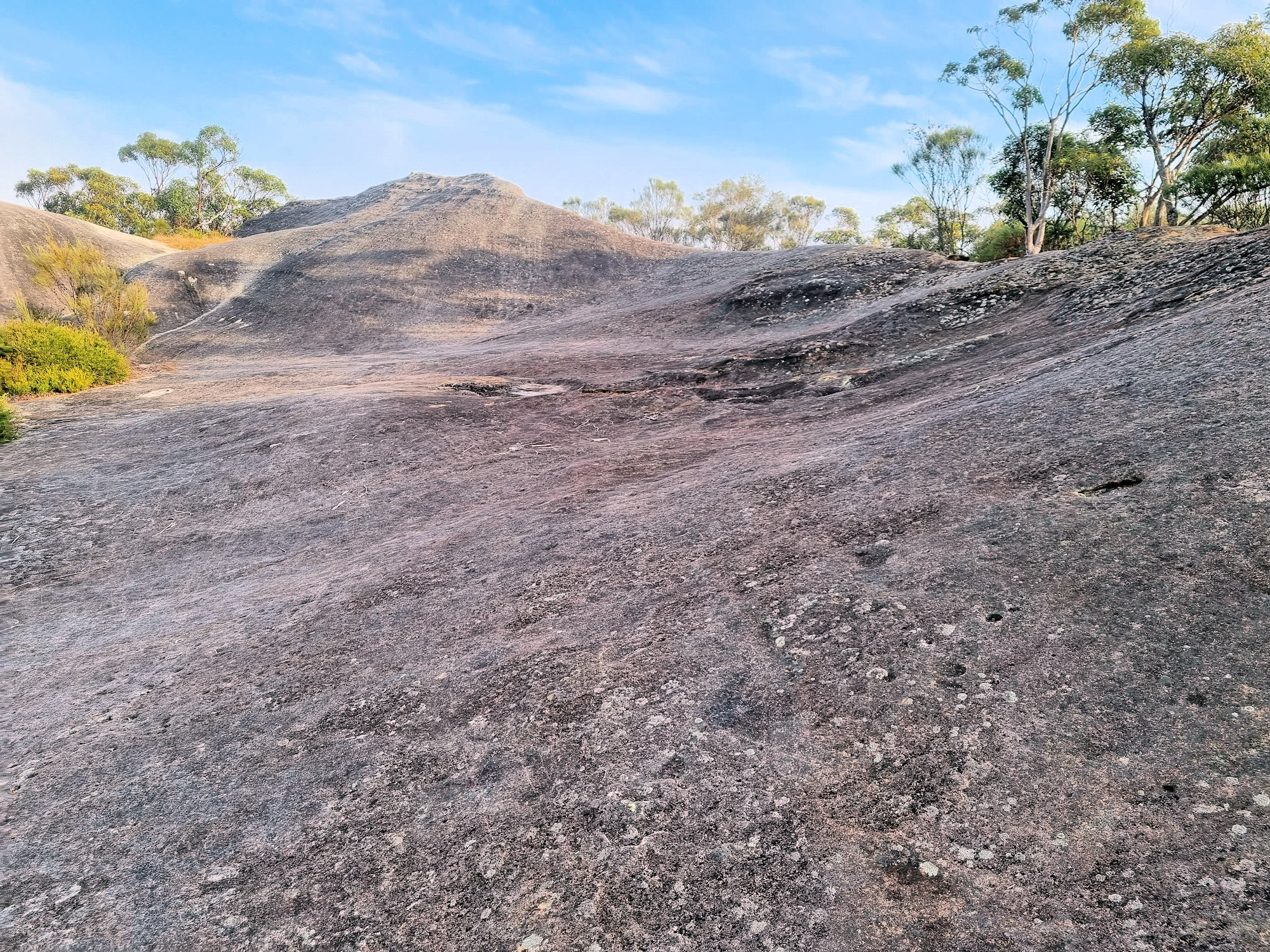Category: Travel
-
Tilligerry Habitat

Tilligerry Habitat Tanilba Bay NSW Australia The original sand dunes in what is now the Tilligerry Habitat were subject to deep sand-dredge mining from the 1960s. Removal of the dunes resulted in a flat landscape with the original drainage system damaged and native vegetation cleared. A large section of the disused mine was used for… Read more
-
Elephant Rock Central Coast

Elephant Rock Central Coast Located on the New South Wales Central Coast in Brisbane Water National Park, Elephant Rock is less than five-minutes drive from Patonga, 25 minutes from Gosford or 1 Hour 20 minutes from Sydney by car. There are several ways to reach Elephant Rock, depending on how far you want to walk,… Read more
-
Bobbin Head Mangrove Boardwalk

Bobbin Head Mangrove Boardwalk Located in the Kuring-gai Chase National Park, access to the Bobbin Head Mangrove Boardwalk will cost $12.00 per car for a day. This will cover you for any other parts of the National Park you visit on that day too. The fee allows you to use the picnic areas and walking… Read more